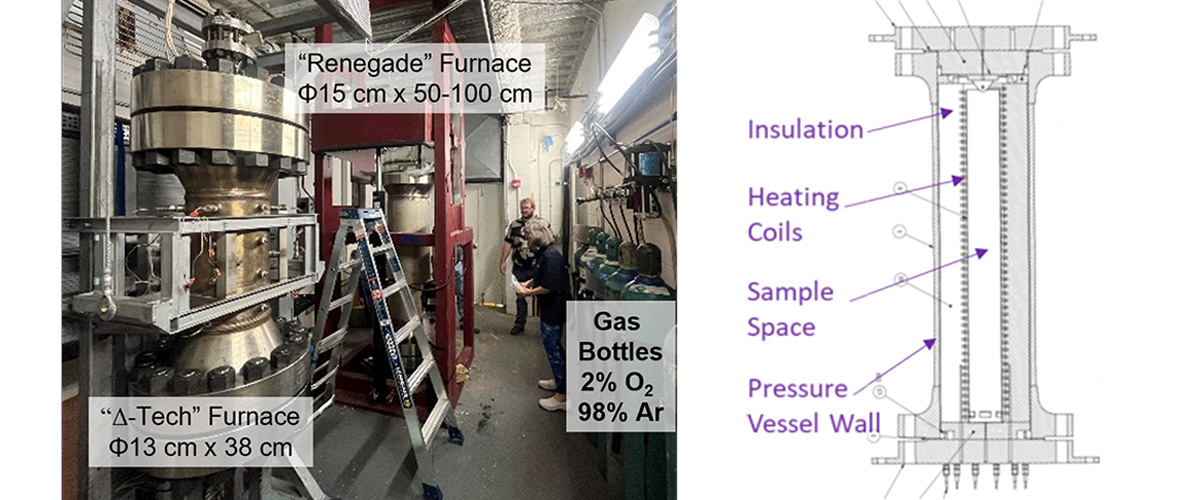What did scientists discover?
Scientists at the MagLab detected semi-Dirac fermions, a unique type of particle predicted 16 years ago, but never observed. These particles are massless in one direction and have mass in the perpendicular direction. Using high-field magneto-infrared spectroscopy, they found clear evidence of the fermions in zirconium silicon sulfide (ZrSiS) when exposed to strong magnetic fields and observed a distinct energy pattern that matches the predicted signature of semi-Dirac fermions (cyclotron energy scales with the two-thirds power of the magnetic field).
Why is this important?
These findings confirm the existence of novel quasiparticles hosted in bulk crystals and pave the way for exploring quantum geometry and electronic correlation effect in semi-Dirac fermions. Better understanding of semi-Dirac fermions could contribute to advances in quantum materials research, potentially enabling new technologies in electronics, sensors, and quantum computing.
Who did the research?
Yinming Shao1,2, Seongphill Moon3,4, A. N. Rudenko5, Jie Wang6,7,8, Jonah Herzog-Arbeitman9, Mykhaylo Ozerov4, David Graf4, Zhiyuan Sun7, Raquel Queiroz1, Seng Huat Lee2, Yanglin Zhu2, Zhiqiang Mao2, M. I. Katsnelson5, B. Andrei Bernevig9,10,11, Dmitry Smirnov4, Andrew J. Millis1,12, and D.N. Basov1
1Columbia; 2PSU; 3FSU; 4National MagLab; 5Radboud; 6CMSA, Harvard; 7Harvard; 8Temple; 9Princeton; 10DIPS; 11IKERBASQUE; 12Flatiron
Why did they need the MagLab?
The spectroscopic signature of the semi-Dirac fermions studied here reside in the far-infrared and requires high-field (> 8T) reflectance measurements in the Voigt geometry. The combination of FTIR and a 17.5T magnet were crucial for this discovery and only available at the MagLab.
Details for scientists
- View or download the expert-level Science Highlight, Semi-Dirac Fermions in a Topological Metal
- Read the full-length publication, Semi-Dirac Fermions in a Topological Metal, in Physical Review X
Funding
This research was funded by the following grants: K. M. Amm (NSF DMR-2128556); D. N. Basov (NSF DMR-2210186); Z. Q. Mao (2DCC-MIP NSF-DMR 2039351)
For more information, contact Tim Murphy.
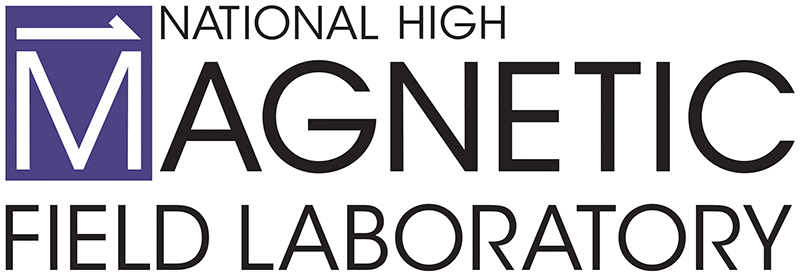
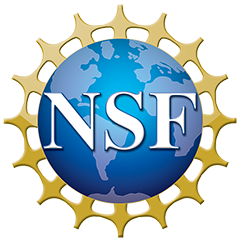
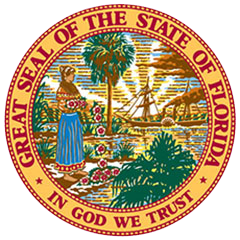
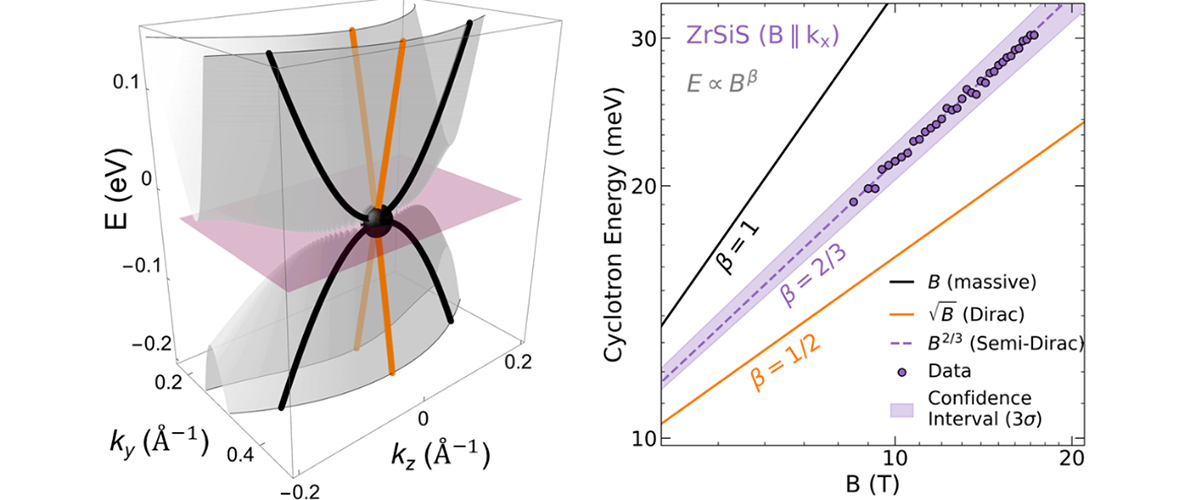
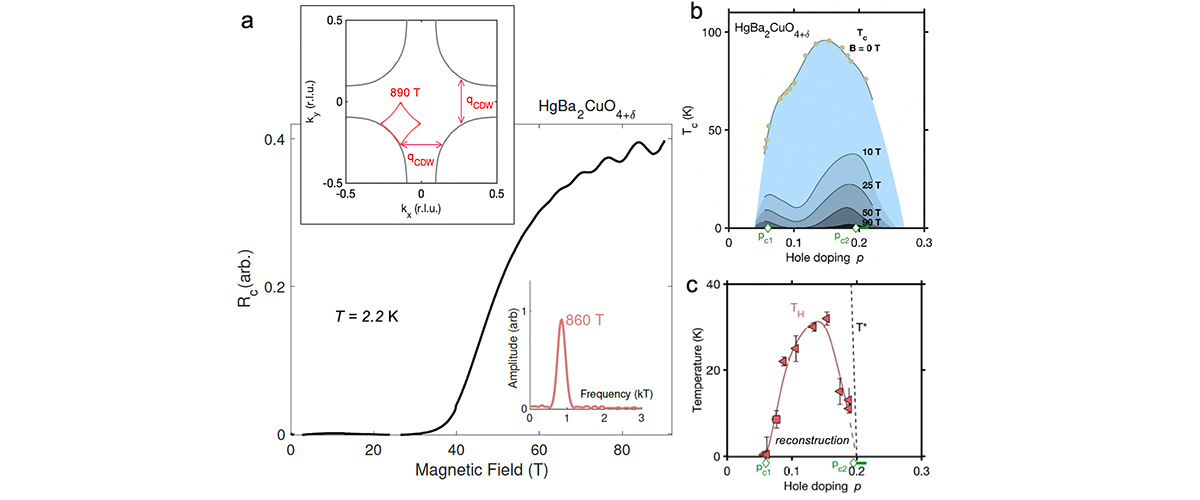
![(Left) 125Te spectral line and effective gamma with respect to magnetic field. Black circles are from the 36T Series Connected Hybrid while the pink diamonds are from the new HTS 32T magnet. (Right) Phase diagram for H//c highlighting the possible spin-nematic state. [PRB 94 064403 2016] Solid circles are from magnetostriction. Open circles from magnetostriction and thermal expansion. Open triangles from magnetization.](/media/z0nigcdk/jan2021_dc_field_probing_spin_nematic_state.jpg)
